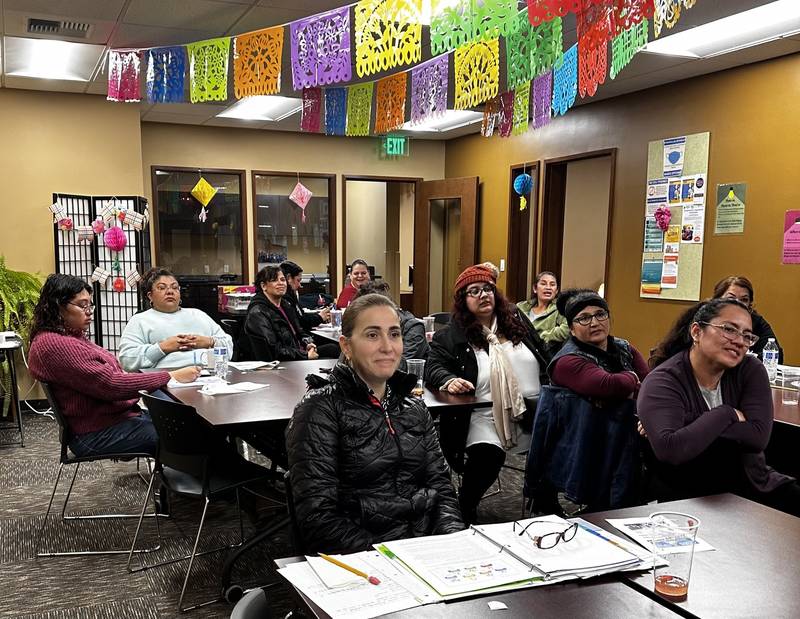

Diversity, Equity, & Inclusion programs matter more now than ever. There has been much research done about DEI programs not being effective to improve workplace diversity or morale. In a widely circulated study conducted by Harvard University in 2016, Frank Dobbin, professor of sociology with associate professor Alexandra Kalev, concluded corporations that forced DEI training saw a backlash from their managers and the opposite of what corporate leaders hoped for happened, their numbers of employees of color and women dropped. Although the study provides examples of what does work to improve diversity and a corporation’s bottom line in a few large corporations that made a strategic effort to expanding their diversity and inclusion programs, many more corporate leaders focused on what did not work and failed to champion a genuine effort to address diversity, much less inclusion. And equity? Well, that wasn’t even part of the equation.
As a woman of color, I saw many times in my career, when diversity training alone, was unwelcomed and resented. The most dramatic example of this was while I worked at a state organization, which is required to provide diversity training to all employees. The training announcement came from the organization president by way of a PowerPoint presentation projected onto a large screen at an end-of-the-year board of director’s meeting. A large sad face emoji appeared on the screen titled “Diversity Training” as he says, “I know, I know. It’s time to do a diversity training.” Loud sigh. In a conference room of about 25 directors and staff, only three were people of color.
This would be a one-time, once every few years, training. The training was done online individually anytime during the workday before a certain deadline. At the end of the 20-minute PowerPoint presentation, I would be required to take a short diversity quiz. That was the full extent of the infamous “diversity training”, which garnered a sad emoji and the loud sigh of annoyance by an organization leader. He wasn’t the only one displeased. It seemed to be the general consensus of the majority of 24 employees. Only two Latinas represented employees of color in this group, me being one of them. Ultimately, I believe it would’ve been much better for the organization to decide not to provide their “diversity training” because the attitudes among the leadership and staff revealed all to obviously their discomfort with the real issues that affect people of color every day.
The diversity training done by this organization is a great example of training done very poorly. The leadership team had no real buy-in for the training, they showed their resentment to the entire team for having to participate in the training, they chose the most hands-off approach to delivering the training, and diversity was never again spoken of for two years until the next mandated diversity training. This is how not to do diversity training, or any type of training for that matter. This is just one small example of the bias that existed in this organization and a conscious willingness to avoid dealing the deficiencies and liabilities that bias in the workplace create.
We are now in 2024 and millions of people in our country have demonstrated, literally, that racism, sexism, discrimination and harassment will not be tolerated, having taken to the streets in countrywide protests and marches to demand systemic change through most of the last four years. And they weren’t just talking about police departments. People want systemic change at every level and in every corner of society. If your business or organization has been avoiding the topic of diversity, equity and inclusion, it’s time to start having those conversations with your leadership team. If you’ve been conducting diversity training similar to the example I provided above, it’s time to rethink your approach.
The changing demographics of our country will not slow any time soon, certainly not in our lifetime. The most fundamental core principle behind a diversity, equity and inclusion program is that it’s just the right thing to do. This effort, when done correctly and genuinely, fosters an environment of confidence, loyalty and gratitude among employees. In addition to that, there are practical business reasons to get behind and buy into a DEI program. Studies show that this program significantly increases employee production and ultimately, annual profits. It also reduces the possibility of legal liabilities such as discrimination and harassment complaints and lawsuits. It is much better to be in-the-know about how to avoid these legal liabilities.
ELLA can help. We provide many tools to address DEI. Although we can provide a workshop or a series of workshops for your business or organization, consider a more comprehensive approach to DEI. Contact us to set up a meeting to discuss how we can help your business or organization with your DEI efforts. Below we share a short general outline of what is included in some our workshops and other tools.
We use cookies to improve your experience on our website. By browsing this website, you agree to our Privacy Policy.
x